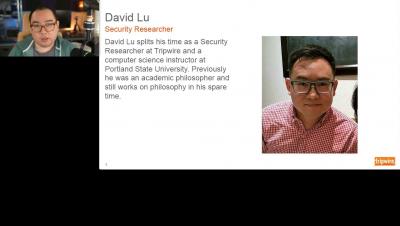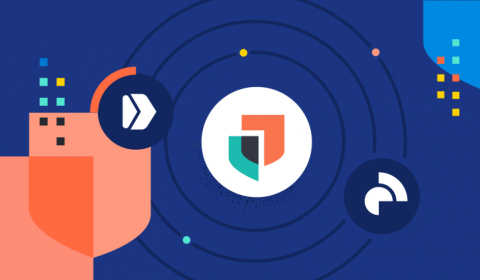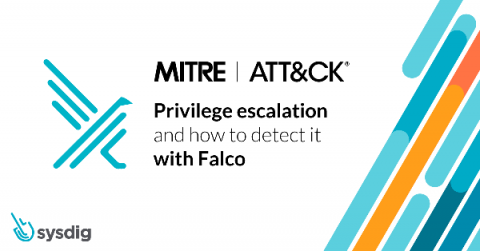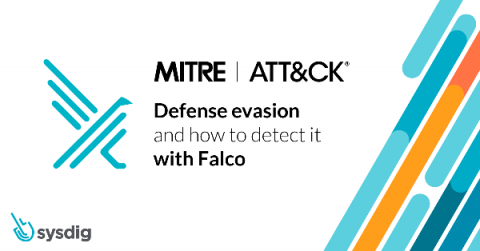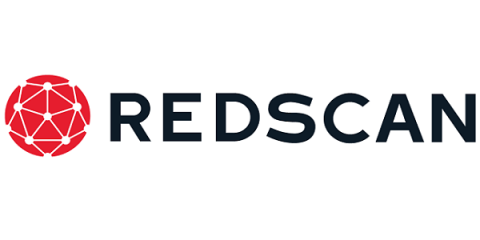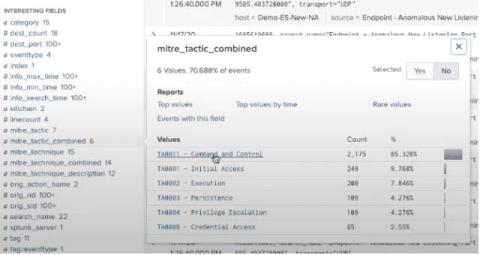Security | Threat Detection | Cyberattacks | DevSecOps | Compliance
MITRE ATT&CK
Why do we need a MITRE ATT&CK-style framework for bots?
Since launching in 2015, MITRE’s ATT&CK framework has been the cybersecurity industry standard for understanding cyber-attacks and their kill chains. Now the BLADE framework is set to develop a similar understanding of business logic attacks fueled by malicious bots. In this post, we will look at why MITRE ATT&CK is so important and examine why BLADE is needed now more than ever.
Tripwire Tips and Tricks: Five Things to Do With MITRE ATT&CK
5 Things to Do with MITRE ATT&CK - Tips and Tricks Special
MITRE ATT&CK stands for MITRE Adversarial Tactics, Techniques and Common Knowledge. It’s a curated knowledge base of adversarial behavior based on real-world observation of APT campaigns.
MITRE Engenuity ATT&CK Round 3: Carbanak + FIN7 vs. the free and open capabilities in Elastic Security
Whether this is the third time you are looking at the MITRE Engenuity ATT&CK® evaluation results or your first, you may be asking yourself: what was unique about this year’s evaluation? Well, let’s first start with: who is MITRE Engenuity? They are a tech foundation that collaborates with the private sector on many initiatives — most notably cybersecurity — and in recent years have become synonymous with cyber threat evaluations.
Detecting MITRE ATT&CK: Privilege escalation with Falco
The privilege escalation category inside MITRE ATT&CK covers quite a few techniques an adversary can use to escalate privileges inside a system. Familiarizing yourself with these techniques will help secure your infrastructure. MITRE ATT&CK is a comprehensive knowledge base that analyzes all of the tactics, techniques, and procedures (TTPs) that advanced threat actors could possibly use in their attacks.
Evaluating the MITRE ATT&CK Framework for Your SOC
The MITRE ATT&CK framework is a global curated knowledge base of adversary tactics and techniques. This post delves into the history of the ATT&CK framework and provides insights into why every SOC team can benefit from using it to develop threat models and methodologies to protect their organization.
Detecting MITRE ATT&CK: Defense evasion techniques with Falco
The defense evasion category inside MITRE ATT&CK covers several techniques an attacker can use to avoid getting caught. Familiarizing yourself with these techniques will help secure your infrastructure. MITRE ATT&CK is a comprehensive knowledge base that analyzes all of the tactics, techniques, and procedures (TTPs) that advanced threat actors could possibly use in their attacks. Rather than a compliance standard, it is a framework that serves as a foundation for threat models and methodologies.
The MITRE ATT&CK framework and scenario-based security testing
The Value of Operationalizing MITRE ATT&CK According to Splunk With Guest Speaker From IDC
The global pandemic has fueled a rapid digital transformation — and led to permanent shifts in cybersecurity. In a recent joint webinar with Bryan McAninch, senior solutions engineer at Splunk, and guest speaker Chris Kissel from IDC, "Sp(e)lunking Security with MITRE ATT&CK® featuring IDC Research," they shared seven overarching trends in cybersecurity for 2021. One notable, but foundational, trend mentioned was the need to understand risk.




